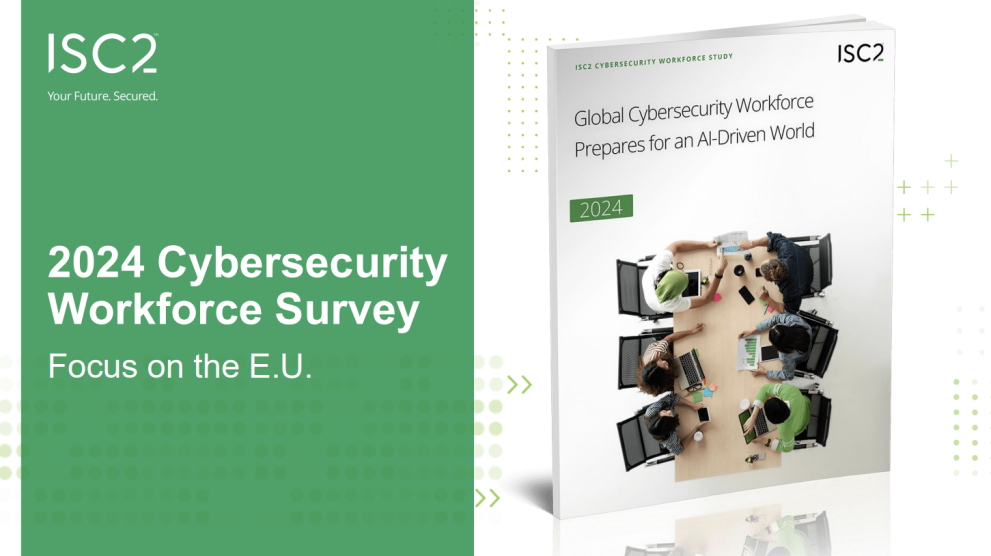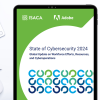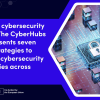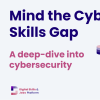The 2024 cybersecurity landscape: insights from the ISC2 cybersecurity workforce study

In 2024, organizations have faced serious challenges due to economic pressures, global uncertainties, and an increase in cybersecurity threats. Many industries have had to deal with budget cuts and workforce reductions while also adapting to fast-changing technologies like artificial intelligence (AI). Although AI offers great potential to improve efficiency and streamline operations, it also introduces new risks, including security concerns and the need to comply with evolving regulations. These issues have added significant strain to cybersecurity teams, limiting their ability to address complex threats effectively.
“As economic conditions continue to impact workforce investment, this year’s Cybersecurity Workforce Study underscores that many organizations are putting their cyber teams under significant strain, risking burnout and attrition as job satisfaction rates fall,” said ISC2 Acting CEO and CFO Debra Taylor, CC.
“Despite these challenges, AI is viewed by professionals as a solution to strengthen their organizations’ security and create new efficiencies for their teams. They also view effectively managing risk associated with AI adoption and its strategic importance to their organization’s future success as career growth opportunities for themselves and their peers. Organizations and cybersecurity leaders must recognize how AI can contribute to creating more resilient security teams, especially while economic challenges persist.”
Insights from the ISC2 Cybersecurity Workforce Study
The ISC2 Cybersecurity Workforce Study looks at the state of cybersecurity jobs around the world. This year, the study found that economic problems have made it even harder for organizations to fill critical roles and find people with the right skills. At the same time, AI is becoming an important tool for cybersecurity teams. Professionals are using it to manage increasing demands, improve efficiency, and shape their long-term strategies. However, most expect the biggest benefits of AI to appear in the next few years rather than immediately. Teams are also cautious about the risks AI brings, such as exposing organizations to new vulnerabilities. To address these challenges, many cybersecurity professionals are urging their organizations to develop clear and comprehensive AI strategies.
Study’s highlights for the European Union
This year’s study engaged over 15,000 cybersecurity professionals globally, providing insights into workforce dynamics, emerging technologies, and strategies for the future. Key findings from the European Union include:
Escalating Threat Landscape: 72% of cybersecurity professionals report that today’s threat environment is the worst they’ve seen in five years.
Insider Risks: 42% of cybersecurity professionals in the EU have been approached by malicious actors attempting to recruit them as insiders.
Growing Risks Ahead: 53% anticipate a surge in malicious outreach to cybersecurity experts in the coming year.
Emerging Technologies: 48% say the biggest challenge the industry faces will be emerging technologies
Check out the key findings of the study.
Takeaways for the EU’s Cybersecurity Future
The study’s findings emphasize the urgency of addressing these challenges by building resilient cybersecurity teams, advancing training programs, and implementing proactive strategies to counter insider threats and external attacks.
Want to know more? Explore the full ISC2 Cybersecurity Workforce Study.




